If you have a problem with mould in your home, Cleaning Express can help. Today, we’re providing our cleaning customers with information about mould and how to get rid of it. First, though, we need to look at types of damp. You see, mould is caused by different types of damp. In order to get rid of mould, you need to know which type of damp you have in your home.
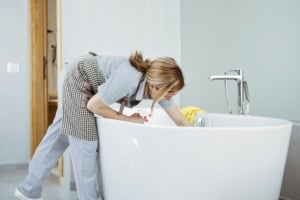
Different types of damp
Firstly, what is mould? Mould is a type of fungus. It grows on damp surfaces. This means that the mould in your home is present in nature too. It is formed when there is warm, moist air conditions because this is the ideal environment for mould. The types of conditions present when a property has damp, for example. Mould also loves to feed on dust, wood and carpets, so our homes make an ideal breeding ground for it.
Several types of damp can cause mould in your home. We can provide some get cleaning tips to get rid of the mould, but you do also need to solve the issue that is causing the damp. If you don’t, the mould will return. The types of damp that can cause mould in your home include:
Rising damp – this occurs when the damp proof course in your property is failing or is missing. This can mean that damp rises up through the wall of your home. Generally, the mould from rising damp will only be about a metre high on the ground level. That’s a good indication that you have rising damp.
Penetrating damp – this occurs when there are cracks in the mortar or brickwork on the outside wall of your home. The mould is likely to get worse after a storm because the wind pushes the rain on to the wall and forces it into the cracks.
Condensation – poor ventilation is the biggest cause of condensation. When moisture cannot escape, it lands on the nearest, coolest surface. This is typically why condensation is found in bathroom and kitchens where there is a lot of moisture and often poor ventilation.
There are DIY solutions to all of the types of damp that we mentioned above, and you can also find professionals to sort out your damp issues too. But how do you get rid of the mould that is caused by the damp?
Getting rid of mould in the home
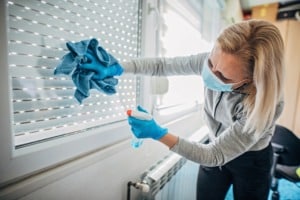
There are ready-made chemical-based treatments for damp and mould that are widely available. However, you can also make your own.
How to get rid of dampness on walls
For mould on walls, a bleach solution is best. Just mix one-part of bleach to four parts of water. Spray it on the mould and scrub it with a brush. Clean the area with a damp cloth and make sure to dry the area fully.
If you don’t fancy using bleach or any of the commercial chemical-based mould cleaners available, you can use natural cleaning products too. White vinegar works great on mould. You can simply spray the vinegar on the mould, leave for an hour and give it a scrub. Or you can use bicarbonate of soda. Just dissolve a teaspoon of bicarbonate of soda in a bottle of water, spray on the area and give it a scrub.
Whichever method you use to get rid of the mould in your home, do make sure the area is completely dry after you have finished. And make sure you wear gloves, eye protection and a mask that protects you from the mould. Mould can seriously affect your health. You also should make sure that the damp causing the mould is sorted out. Otherwise, the mould will return. If you would like to learn how to kill mould, please read our related article.
More cleaning tips
- How to clean silver at home
- How to clean a TV screen
- How to clean an oven
- How to clean windows
- How to clean a washing machine
For Cleaning Express‘ help with your mould issues, please explore our website further. Our deep cleaning services are perfect for sorting out mould and getting a house ready to be a family home. Speak with one of the Cleaning Express staff today for more information and a free quote for all of our cleaning services or send us a message via website or Facebook.

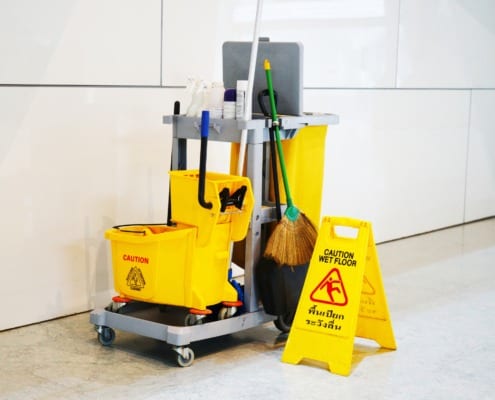
 No hidden costs
No hidden costs
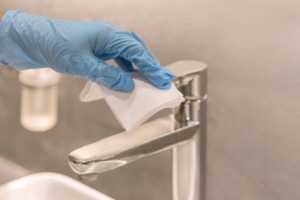


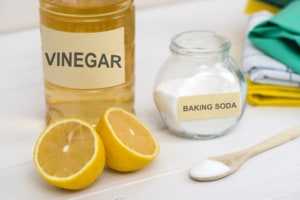
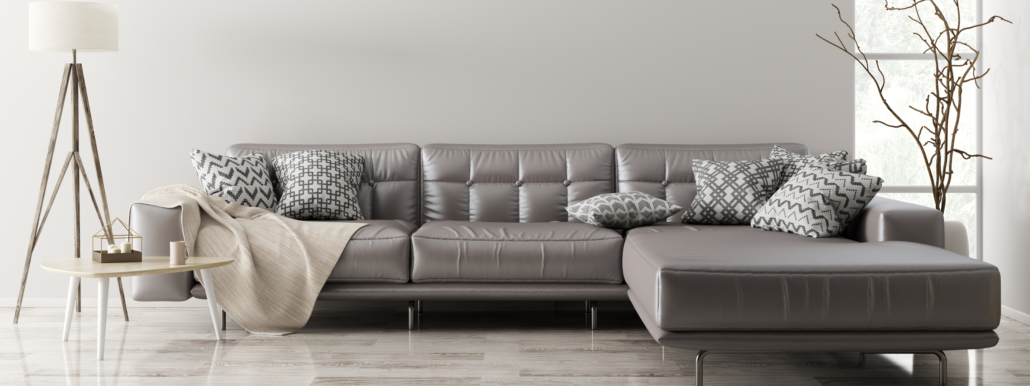
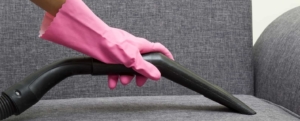
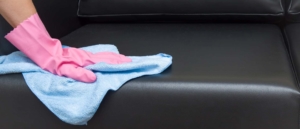

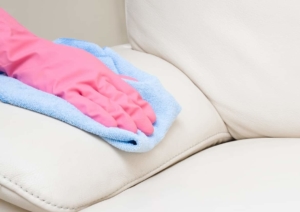
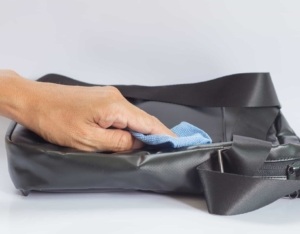


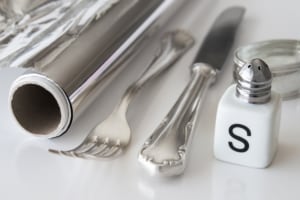
 Hand sanitiser
Hand sanitiser
